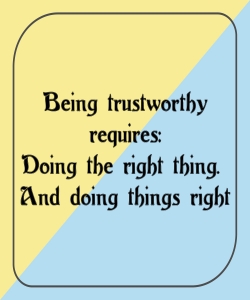Aiming for the “Me, Too!” Effect in Blog Marketing

“All salespeople present themselves as problem solvers yet most never ask clients to vividly describe the problems they are experiencing,” Paul Cherry maintains in the book Questions That Sell. An outstanding salesperson, the author teaches, will offer clients the opportunity to open up and vent their frustrations. “You will have success building a relationship with your potential customers only when you can get into their world and identify the forces at work in their lives.”
In blog marketing (where prospects are meeting you before you’ve had the chance to meet them), as Jeremy Porter Communications teaches, the goal is to create a connection with your audience that makes them receptive to your message. He names seven emotions and their opposites that marketers can tap into to get an audience “from where they are to where you want them to be”:
- anger/calmness
- friendship/enmity
- fear/confidence
- shame/shamelessness
- kindness/unkindness
- pity or compassion/indignation
- envy/emulation
At Say It For You, we understand that, in blogging for business, face-to-screen is the closest we blog content writers will come to our prospective buyers of our clients’ products and services. On the other hand, we’re conscious that behind every decision, there is always a person, a being with feelings. One of the most direct access paths to prospects’ feelings is through stories. “Consumers are used to telling stories to themselves and telling stories to each other, and it’s just natural to buy stuff from someone who’s telling us a story,” observes Seth Godin in his book All Marketers Tell Stories.
The thing to remember is that people are online searching for answers to problems or solutions for dilemmas. If, in encountering a blog post about a customer who went through a sort of pain and suffering akin to theirs (and who has now come out the other side), readers’ natural and highly emotional reaction might well be “Me, too!”.
Far sooner and more directly than descriptions of features and benefits of your offer, an emotionally charged story of suffering solved might well result in a “me, too” sale!





Follow us online!